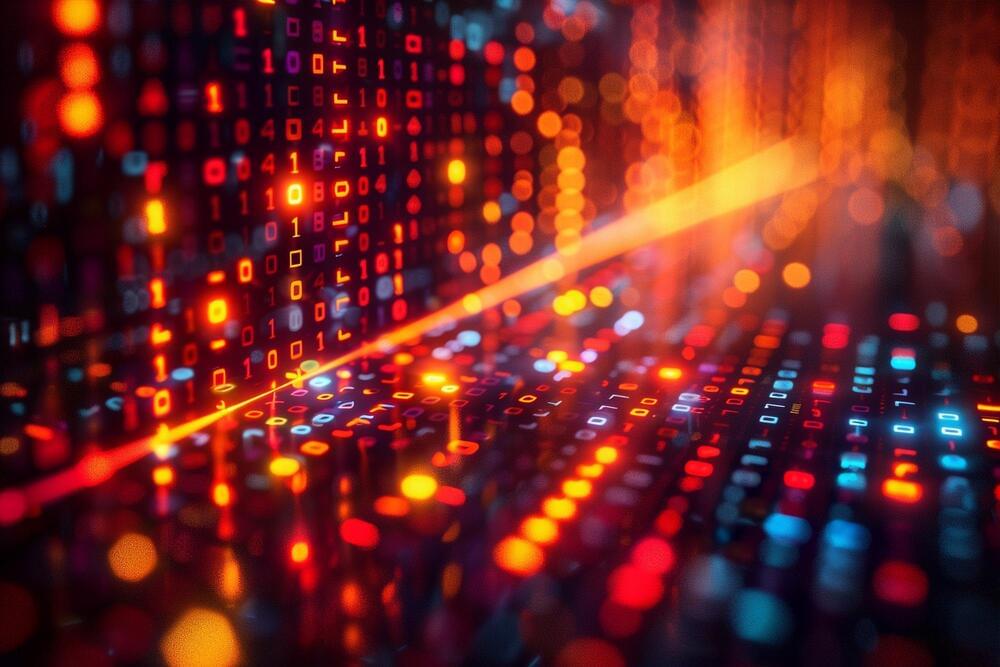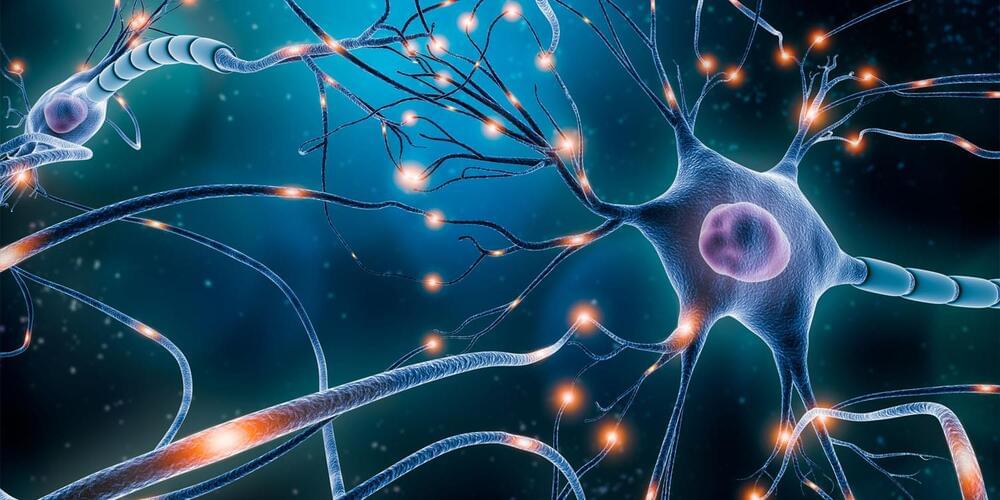One major area of our lives that uses largely “hidden” AI is transportation. Millions of flights and train trips are coordinated by AI all over the world. These AI systems are meant to optimize schedules to reduce costs and maximize efficiency.
Artificial intelligence can also manage real-time road traffic by analyzing traffic patterns, volume and other factors, and then adjusting traffic lights and signals accordingly. Navigation apps like Google Maps also use AI optimization algorithms to find the best path in their navigation systems.
AI is also present in various everyday items. Robot vacuum cleaners use AI software to process all their sensor inputs and deftly navigate our homes.








